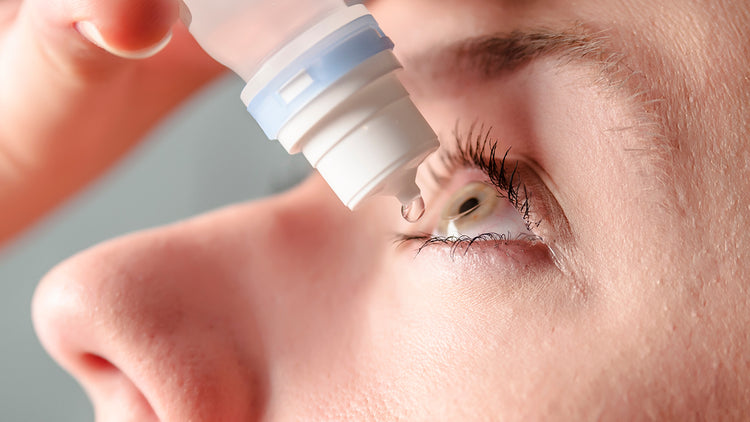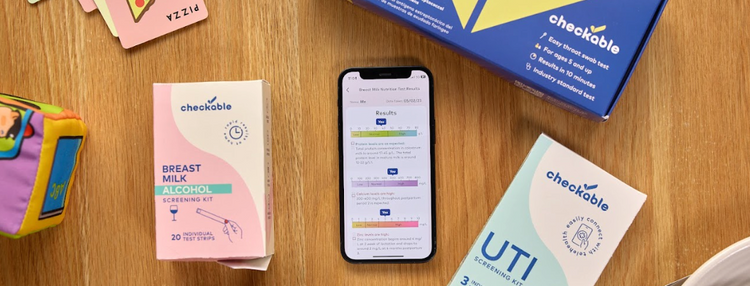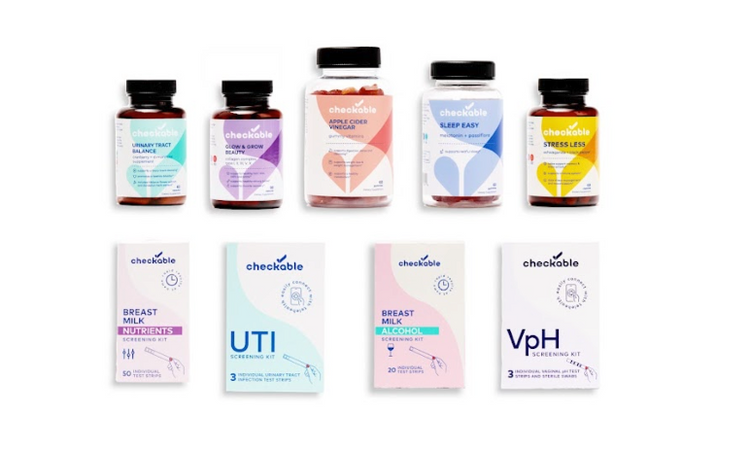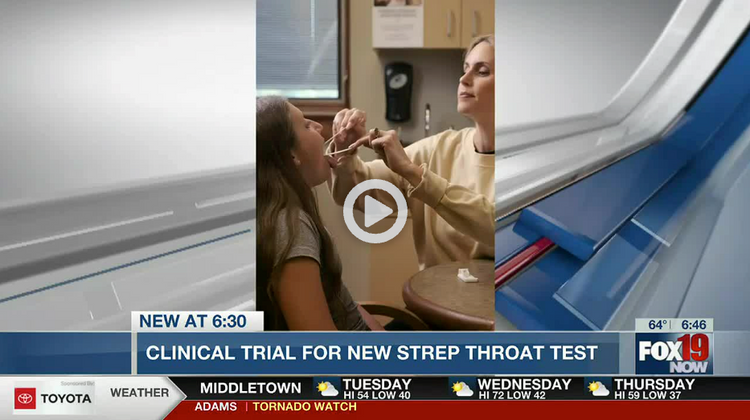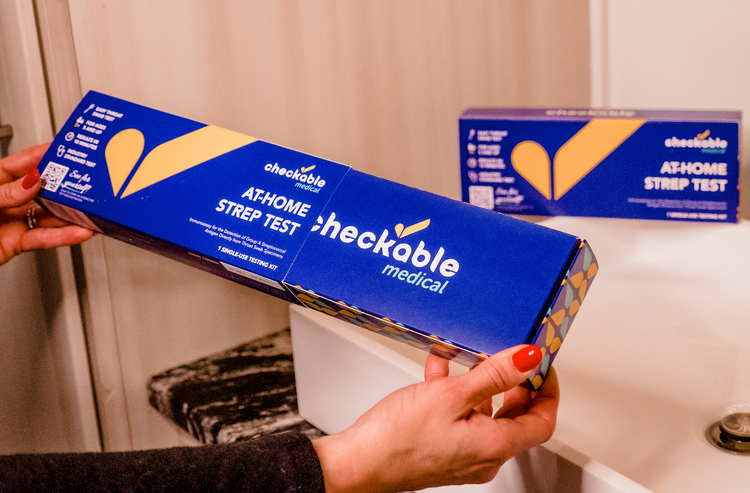
We know that the vagina is complex, so when it comes time to diagnose your patient, having all of your ducks in a row for billing, labs, and insurance is key. It is crucial to have exact records on file of what the diagnosis was. This is where ICD codes come in.
International Classification of Diseases (ICD) codes serve as a broad range of unique identifiers that provide crucial knowledge on different diseases' extent, causes, and outcomes. Used globally, ICD codes are the primary basis for all health recording and death certificates and are used for insurance billing and disease management. ICD codes for gynecological exams and specimens for the lab can be tricky as many vaginal conditions look alike and have similar symptoms.
Bacterial vaginosis is a vaginal infection caused by the overgrowth of bacteria naturally found in the vagina. Typically, BV is diagnosed after a pelvic exam to examine the vagina for signs of infection. Samples of vaginal secretions will be tested to check for an overgrowth of anaerobic bacteria in the vaginal flora. A vaginal pH test may also be used to determine the acidity of the vagina, as a vaginal pH of 4.5 or higher is a sign of bacterial vaginosis. All of these procedures and steps require ICD-10 codes.
What exactly is an ICD-10 Code?
ICD codes keep doctors organized and precise; ICD codes are found on all patient paperwork, visit summaries, hospital records, medical charts, and bills. They were designed to ensure each patient gets proper treatment and is charged accurately for any medical services they receive.
Maintained by the World Health Organization (WHO), ICD-10 is considered the 10th version of the code and has been used since 2015. It contains more than 70,000 disease codes for all 27 participating countries. Each year, updates and revisions are made to the previous version. Although ICD-11 was introduced at the beginning of 2022, every state is to continue to use ICD-10 through September 30, 2022. In the United States, ICD codes are overseen by the Centers for Medicare and Medicaid Services (CMS) and the National Center for Health Statistics (NCHS). Having the correct code is vital to ensure that standardized treatment for medical issues is delivered and reimbursed for medical expenses.
What is the Correct Code for Bacterial Vaginosis (BV)?
The ICD-10-CM Alphabetical Index was designed to allow medical coders to look up various medical terms and connect them with the appropriate ICD codes. There are 22 terms under the parent term “Vaginitis/vaginosis” in the index. The correct ICD-10 code for Bacterial Vaginosis (BV) is N76.0, effective from October 1, 2021, through September 30, 2022. This includes:
- Acute Vulvovaginitis
- Vaginitis NOS
- Vulvovaginitis NOS
If using a single ICD9 code, 616.10 is an approximate match for comparison and conversion purposes. Please note that codes vary depending on the patient’s symptoms. For example, Chronic Vaginitis is N76.1, acute Vulvitis is N76.2, and chronic Vulvitis is N76.3. A routine Vaginal Pap test with no symptoms is Z12.72. Also, if the patient is pregnant with bacterial vaginosis, the IDC10 code is then O23.599. Please refer to the index for an exact reference.
Vaginitis is an inflammation of the vagina that can result in discharge, itching, and pain. The cause is usually a change in the balance of vaginal bacteria or an infection. Reduced estrogen levels after menopause and some skin disorders also can cause vaginitis.
There are three common diseases most frequently associated with vaginitis. They include bacterial vaginosis, trichomoniasis, and candidiasis. Various diagnostic methods are available to identify the etiology of the signs and symptoms of vaginitis. Each of them has different ICD10 codes. Bacterial vaginosis is considered acute vaginitis, which seems to be caused by the patient's endogenous bacterial flora.
A yeast infection ICD-10 code is B37. 3 (Candidiasis of vulva and vagina) and trichomoniasis uses A59. 9 to indicate a diagnosis for reimbursement purposes. Another ICD-10 code for Vaginitis, vulvitis, and vulvovaginitis in diseases classified elsewhere, is N77.1
Diagnosis of vaginitis is based on clinical symptoms, pH of the vaginal fluid, and microscopic examination of the discharge. 50% of women present no symptoms of a bacterial vaginosis infection. Bacterial vaginosis is not associated with soreness, itching, or irritation. There may be a strong or "fishy" smelling odor and vaginal discharge.
Ideally, a diagnosis of BV is made if 3 out of 4 of "Amsel's criteria" are met:
- A strong, fishy odor on adding alkali to vaginal fluid (positive amine test)
- Clue cells (vaginal epithelial cells heavily coated with bacilli) on microscopy
- Thin, white, homogenous discharge
- Vaginal pH greater than 4.5
Using the correct code is not only essential for diagnosis and statistics, but they must also align with the insurance company for proper billing. Treatments, symptoms, and tests must match the standard ICD code. If the two codes don't match, the insurance company may deny payment. Coding can get complicated, but your codes will all match if you use the index correctly.
Life is too short to sit in a doctor’s office
Sign up for our weekly newsletter and get valuable healthcare tips and tricks in your inbox!
Sign up now and unsubscribe anytime.
- Choosing a selection results in a full page refresh.
- Press the space key then arrow keys to make a selection.


































